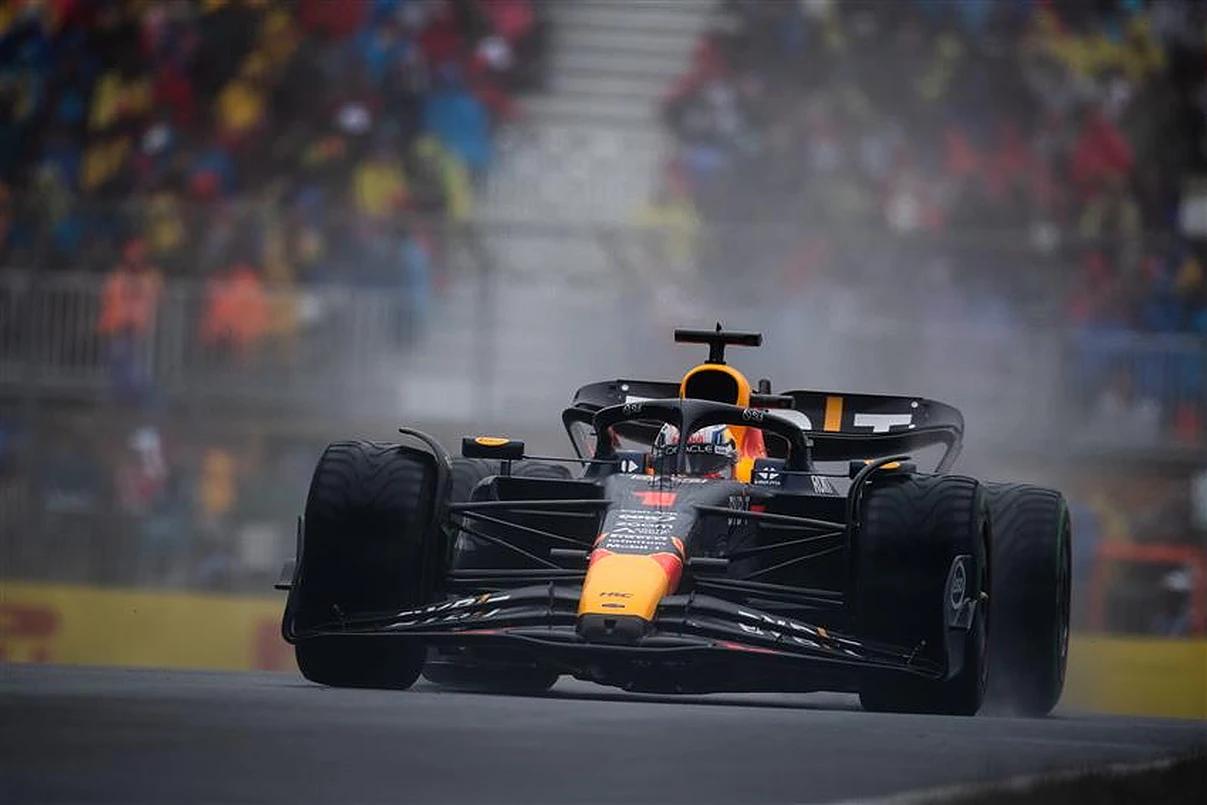In a move to curb the growing concerns surrounding flexible wings in Formula One, the FIA has introduced a comprehensive technical directive aimed at clarifying the regulations and preventing teams from exploiting aerodynamic advantages through innovative designs.
The directive comes after suspicions arose that certain teams were pushing the boundaries of permissible flexibility, prompting the FIA to address this issue head-on.
Earlier this season, the FIA had discreetly advised multiple teams, including Aston Martin, to modify their front wing designs around the time of the Azerbaijan Grand Prix to ensure compliance with the existing rules.
However, it is believed that some teams continued to explore ways to gain an unfair edge.

Want to work in Formula 1? Browse the latest F1 job vacancies
As a result, the FIA has taken a proactive stance, outlining in technical directive TD018 the parameters of acceptable design with respect to flexible bodywork.
The technical directive, distributed to teams prior to the Dutch Grand Prix weekend, singles out certain design practices that the FIA views as exploitative.
It particularly addresses the use of “regions of purposely design localised compliance” and the “relative motion between adjacent components” that contribute to enhanced aerodynamic performance.
The FIA deems these tactics in breach of Article 3.2.2 of F1’s Technical Regulations, which mandates rigid fixation of components influencing aerodynamics.
The FIA’s concerns stem from the utilisation of intricate systems that enable certain elements of the wings to flex and rotate, evading conventional load tests.
To counter this, the directive categorically prohibits “assembly designs that exploit localised compliance or degrees of freedom.”
To elucidate, the FIA identifies four primary design elements that could lead to rule violations:
1. Vertically, longitudinally, or laterally translating wing elements relative to the connected bodywork.
2. Rotating wing elements relative to the attached bodywork, including rotation around a single fixing point.
3. Designs incorporating elastomeric fillets, compliant wing profile sections, or thin flexible laminates at junctions, enabling distortion, deflection, or twisting for localised deflection.
4. Incorporating “soft” trailing edges in wing elements to prevent “localised cracking” due to assembly deflection.
The directive offers limited exceptions, such as in the realm of floor assembly, bib bodywork, and minor lateral gaps for front wing flap sealing.
However, the FIA’s approach has fundamentally shifted from solely increasing garage load tests to demanding transparency in design.
Teams are now required to submit assembly drawings, cross-sections illustrating the fixation of front and rear wing elements, and images demonstrating the attachment of rear wing pylons to impact structures.
The FIA’s intent is to comprehensively assess the designs and determine if any teams have exploited loopholes for aerodynamic gain.
READ: Max Verstappen reveals his ‘dream’ team-mate
Due to the potential adjustments teams may need to make for full compliance, the FIA has opted to implement its new regulations post the Singapore Grand Prix next month.
This ensures that ongoing designs will remain unaffected until the conclusion of the Monza race this weekend.
Teams have been given until 8th September to provide the necessary evidence showcasing their wing designs.

